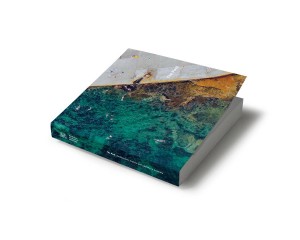Vanessa Bird, Victorian Chapter President of the Australian Institute of Architects, today welcomed the release of the long awaited draft Apartment Standards by the state government over the weekend.
‘We welcome the latest version of the Better Apartments Draft Design Standards and some of the liveability initiatives contained within it, but we don’t believe they go far enough to protect the public interest.
‘We are disappointed that no guidelines or recommendations have been included in relation to apartment sizes and that the Institute’s focus on mechanisms for ensuring design excellence, such as a parallel Design Review Panel process, has not been included. While we agree with Minister Wynne that size is not the only determiner of good design, design excellence and innovation must be demonstrated before deviating from minimum metric standards.
‘It’s clear that change is required. Minimum sizes protect the public from the worst of the worst while the design review process enables innovation and flexibility,’ Ms Bird said.
The Institute is also disappointed with the absence of design professionals in assessing compliance and appropriate alternative solutions at a local government level. Specific design skills and knowledge are required to undertake this work. In the current draft, this responsibility rests with the Responsible Planning Authority, whose traditional role is to ensure compliance with the Planning Provisions, not assess design.
The application of design expertise is the most reliable means of achieving design quality and amenity in projects, over and above regulation. The process must allow for design expertise to be assessed in a variety of ways at key stages of the development process.
‘Certainty is a key component of good legislation and decision making. Certainty in the planning process, that makes referral to VCAT the exception rather than the rule, reduces the cost of housing. We are keen that affordability is not confused with profitability when we are setting the agenda for the future liveability of our city. Through innovation and design, architects are addressing issues related to affordability every day.
‘While we are pleased to see that the process will accommodate some scope for design innovation and flexibility and also resource the education of assessors we feel the government could have gone further. We are heartened by the fact that this is not a final document, and will continue to engage with the government to raise the quality of the standards,’ Ms Bird added.


